
by Lauren Hamko
Lauren is a junior at University of Colorado Boulder majoring in Journalism with a minor in Political Science. She believes youth voting is extremely important because it gives us a voice.
After the recent midterm elections on Nov. 6, 2018, students at the University of Colorado Boulder are concerned that their voices and interests are not being heard with a youth turnout rate under 50 percent.
Since 1980, American voters between the age 18 and 25 have not shown a turnout rate above 50 percent. The percentage of youth voters in the United States has been following a negative trend, meaning that each election the percentages are shrinking due to less youth voters turning out to the polls.
The turnout percentages are shockingly low and students at CU Boulder are concerned that their interests are not being accounted for. However, CU Boulder students remain hopeful that youth voting percentages will increase in the future with proper encouragement.
Julia Kincaid, a student at CU Boulder, believes that voting is her responsibility as an American citizen. She thinks it is important for every other young adult to believe this as well.
“They [the youth] can get their opinions accounted for and their voices heard,” Kincaid said. “It is important that they can have representation in a government that they feel is representative of what they want.”
 According to Child Trends, 39 percent of youth voters turned out to the pools to vote in the 2016 presidential election. The highest percentage of youth voters in the past 46 years was in the 2008 presidential election at 44 percent (Child Trends).
According to Child Trends, 39 percent of youth voters turned out to the pools to vote in the 2016 presidential election. The highest percentage of youth voters in the past 46 years was in the 2008 presidential election at 44 percent (Child Trends).
The percentage of youth voters reached a low in the 1998 midterm elections. According to the US Election Assistance Commission, 18.5 percent of voters between the ages 18 and 24 voted. This is compared to 56.5 percent of voters between the ages of 45 and 64 and 61.3 percent of voters age 65 and over.
Kaiser Family Foundation gives the total population of The United States at 320,372,000. The number of people between the ages 19 and 25 is currently at 29,814,800. This means that young adults account for 9 percent of the American population.
The low percentage of young adults in the entire population does not allow for much representation for them. Due to this, it is important that young adults vote to allow them to maximize their influence in the government.
“Maybe they [youth voters] don’t really know what issues matter and what issues affect them,” Kincaid said. “Maybe they feel like the issues aren’t things they really want to vote on.”
Rather than thinking youth voters does not have the proper knowledge and understanding of politics like Kincaid believes, Pierce Doogan, a CU Boulder student, blames the low percentage of youth voter turnout on oppression.
“I think the reason younger voters aren’t actually having as much of a turnout is because of the older generation,” Doogan said. “The older generations are making us feel like ‘who cares if you go out and vote.’”
Students at CU Boulder are encouraged to vote through many outlets. Before the 2018 midterms, campus activity circulating voting in the election was booming. Students were guest speaking in classes, setting up informational booths, and handing out voter registration forms.
“There’s all those people on campus harassing the students all the time,” Kincaid said. “It’s more in your face when it is constantly being discussed. They try to market it to students to get turnout numbers up.”
Encouragement to vote on campus is exerted mainly by students at CU Boulder. However, professors get involved as well. Professor Max Boykoff teaches Environmental Studies at CU Boulder. Throughout the month of October, Boykoff expressed the importance of voting to his students multiple times.
The Environment and Public Policy are two issues that the youth have expressed strong concern about. The future of Climate Change is a matter that is becoming more prominent with each election. In order to influence the future of both of these topics, it is important for young voters to get to the polls.
“A lot of younger people feel as though what they have tried to influence hasn’t made much of a difference,” Boykoff said. “Feeling disaffected is a logical output.”
Boykoff allowed for a group of students to start his class by handing out voter registration forms a few weeks prior to the midterm elections. The professor also included slides on his lectures that reminded his students of the upcoming election date and how to proceed with voting.
“I think it really is about approaching it [low youth voter turnout] from different ways. There is no silver bullet,” Boykoff said. “There’s a lot of upstream ways you can address it by helping people feel empowered and feel as though their voices, concerns and interests matter.”
Despite a common declining trend in the numbers of youth voters, students remain hopeful that young adults, like themselves, will positively change the trend. They are thinking of new ideas to get people to the polls on election days.
Both Doogan and Kincaid are optimistic about the turnout for the 2018 midterm elections. They believe that many of their peers voted and will continue voting. Both of the CU Boulder students think that youth voter turnout rates will begin to follow a positive trend starting with the 2018 midterms and continuing with the presidential election in 2020.
There is little data released on the percentages of youth turnout for the recent midterms on Nov. 6, 2018. However, many outlets are suggesting that early data shows an increase in turnout percentages.
Doogan is always thinking of ways to make it easier for young adults to vote and has many ideas, although, he has not figured out the functionality of them yet. He believes that the younger generation is one that will easily take four steps to do something, but if it is five, people will never touch it.
“We need to take off that extra step,” Doogan said. “There should be a way that makes it easier for us to vote. One where you don’t have to walk in and drop off a ballot.”
Whether an increase in youth voters stems from encouragement from others or an easier way to vote, CU Boulder students are confident that the percentage of youth voters needs to rise. Students like Kincaid and Doogan agree that the importance of young adults turning out the polls cannot be stressed enough.
“I am going to keep voting,” Kincaid said. “It’s a responsibility of mine to do so, and everyone else should also feel this way, too.”
Voting is the best way for the youth to represent themselves and have their voices heard. Starting with the 2018 midterm elections, the youth population of the United States should strive to reach a turnout above 50 percent. A change in the trend is long overdue.


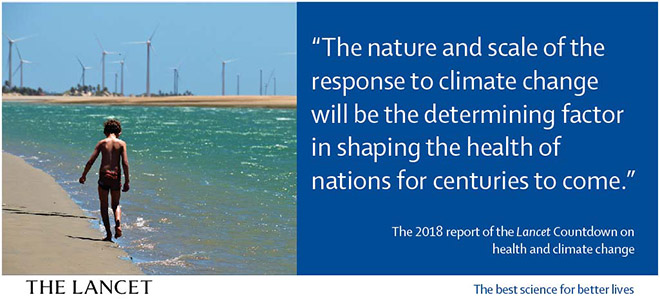

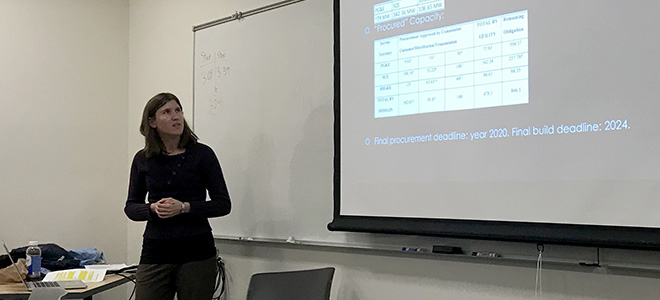
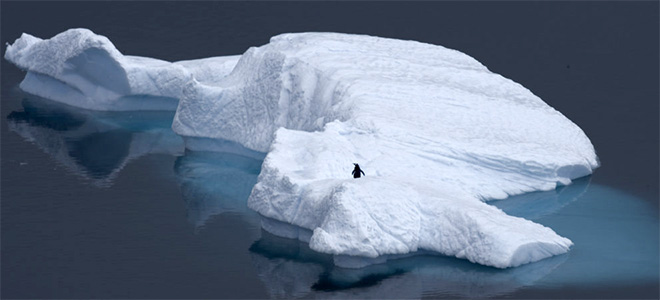
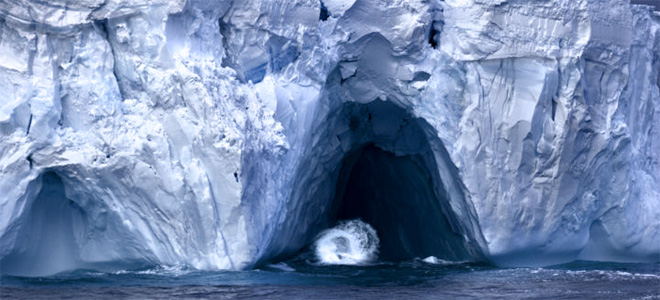
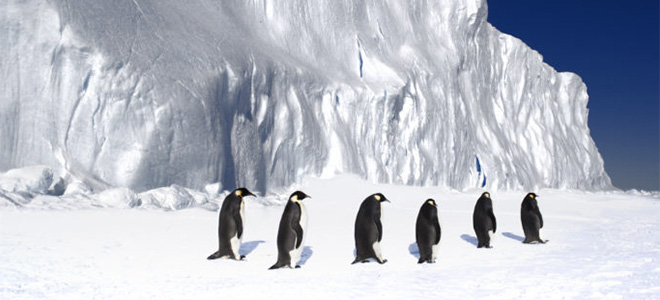
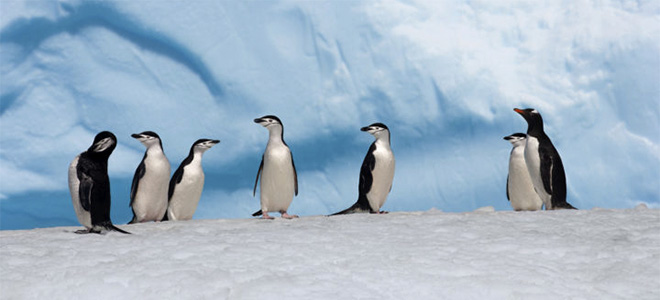
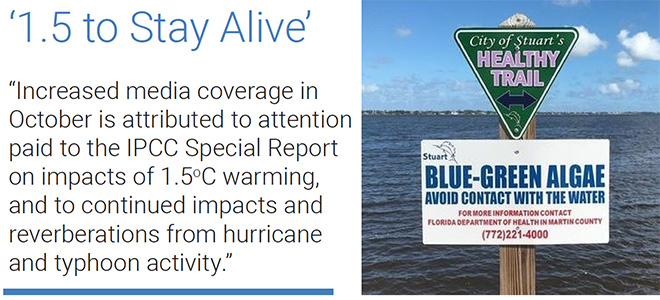

 In October, considerable attention was paid to political content of coverage. The lead up to the 2018 US elections on November 6 have had some bearing on coverage. For example, in an article titled ‘As climate change becomes more visible, its weight as a campaign issue is growing’ journalist Evan Halper from the
In October, considerable attention was paid to political content of coverage. The lead up to the 2018 US elections on November 6 have had some bearing on coverage. For example, in an article titled ‘As climate change becomes more visible, its weight as a campaign issue is growing’ journalist Evan Halper from the 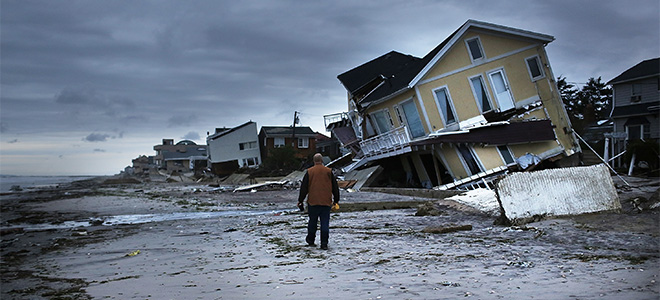

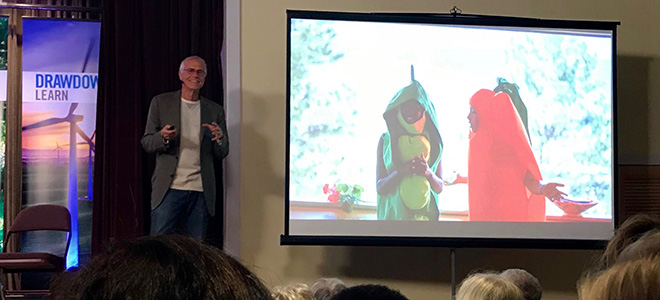
MeCCO Monthly Summary: I’ve seen it. I’ve read some of it. And it’s fine.
Media and Climate Change Observatory (MeCCO)
November 2018 Summary
November media attention to climate change and global warming was down 8% throughout the world from October 2018, and up about 33% from November last year. Radio coverage held steady from October 2018 but was up 27% from November 2017. Across all sources, regionally an increase was detected in Europe (up 11%). Elsewhere, moderate decreases from October to November 2018 were found in North America (down 8%), Asia (down 14%) and Central/South America (down 17%), while more substantial downturns in the quantity of coverage were found in the Middle East (down 21%), Oceania (down 34%) and Africa (down 39%).
In January of this year, MeCCO expanded coverage to sixty-two newspaper sources, six radio sources and six television sources. These span across thirty-eight countries, in English, Spanish, German and Portuguese. In addition to English-language searches of “climate change” or “global warming”, we search Spanish-language sources through the terms “cambio climático” or “calentamiento global”, German-language sources through the terms ‘klimawandel’ or ‘globale erwärmung’, and Portuguese-language sources through the terms “mudanças climáticas” or “aquecimento global”. Figure 1 shows these ebbs and flows in newspaper media coverage at the global scale – organized into seven geographical regions around the world – over the past 179 months (from January 2004 through November 2018).
At the country level, counts held steady or decreased from October to November 2018, except for in Spain where coverage was up 22%. In the United States, print coverage was down 5% in November compared to October, though still up considerably from the previous November 2017. However, US television coverage of climate change spiked in November 2018, as it was up 71% from October 2018 and also up considerably from coverage a year ago (November 2017).
In November, considerable attention was paid to scientific dimensions of climate change and global warming. For example, a new study published in Nature found that global oceans have been absorbing more heat than previously understood. This buffer to atmospheric warming was then noted, as oceans have warmed more than the IPCC previously estimated over the past twenty-five years. Journalist Matt McGrath from the BBC reported “ this new study says that every year, for the past 25 years, we have put about 150 times the amount of energy used to generate electricity globally into the seas – 60% more than previous estimates”.
A second example arose in early November through media coverage of the simultaneous release of two studies in Nature examining interactions between human activities and hurricane impacts. While one study noted increased rainfall by hurricanes Katrina, Maria and Irma through anthropogenic climate change, the second study predicted that future hurricanes will increase in intensity due to human contributions to climate change. Journalist Seth Borenstein from the Associated Press wrote, “Hurricane Harvey snagged on the skyscrapers of Houston, causing it to slow and dump more rain than it normally would, one study found. The city’s massive amounts of paving had an even bigger impact by reducing drainage. Land development in the metro area, on average, increased the chances of extreme flooding by 21 times, study authors said. A second study looked at last year’s major Hurricanes Maria and Irma and 2005′s deadly Katrina and used computer simulations to see what would have happened if there had been no human-caused global warming. The study found that climate change significantly increased rainfall from those three storms, but did not boost their wind speed.” Meanwhile, journalist Rebecca Hersher from National Public Radio reported, “A pair of studies published today in the journal Nature find that hurricanes are already causing more rain than they used to, and that cities themselves may be making the rainfall from those storms even worse”.
As a third example, in mid-November a new study published in Nature Climate Change found “traceable evidence for 467 pathways by which human health, water, food, economy, infrastructure and security have been recently impacted by climate hazards such as warming, heatwaves, precipitation, drought, floods, fires, storms, sea-level rise and changes in natural land cover and ocean chemistry”. Journalist Maggie Fox from NBC News reported that lead author Camilo Mora and team “combed through more than 3,200 studies to try to paint a broad picture of what climate change is going to do to people over the coming century. They cross-referenced their findings against known disasters”. USA Today journalist Doyle Rice wrote, “Don’t say we weren’t warned. From human health to the world’s food supply, from water scarcity to widespread migration and violence, the threats from climate change are much larger than previously thought, a study released Monday suggests. And in many places, several threats will be happening at once”.
But the most prominent example in November 2018 was the Fourth US National Climate Assessment (NCA4) that was released the day after Thanksgiving, colloquially dubbed ‘black Friday’ and a decidedly slow news day when many citizens are busy expressing their identity as consumers. This peer-reviewed report co-authored by 300 relevant expert researchers noted that climate change will continue to impact millions of people across the US and cost billions of dollars in damage. Journalist Tony Barbosa from the Los Angeles Times wrote, “The congressionally mandated report by 13 federal agencies, the first of its kind under the Trump administration, found that climate change is already being felt in communities across the United States. It projects widespread and growing devastation as increasing temperatures, rising sea levels, worsening wildfires, more intense storms and other cascading effects harm our ecosystems, infrastructure and society”. Meanwhile, journalist Steve Frank from CBS News reported, “Earth’s climate is now changing faster than at any point in the history of modern civilization, primarily as a result of human activities, according to a long-awaited report released Friday by the federal government”. And a significant amount of news organizations – such as The Associated Press, Reuters, USA Today, The Guardian, BBC and The Washington Post – covered US President Trump’s reaction to the report. For example, journalist Rebecca Ballhaus from The Wall Street Journal reported, “President Trump said Monday that he doesn’t believe the central finding of a report released last week by his administration that global climate change could cause U.S. economic losses of hundreds of billions of dollars a year by the end of the century. Speaking to reporters before leaving Washington for Mississippi, Mr. Trump said of the report, “I’ve seen it. I’ve read some of it. And it’s fine.” Asked if he agreed with the report’s assessment of a large economic impact, he responded: “I don’t believe it”.” Read more …